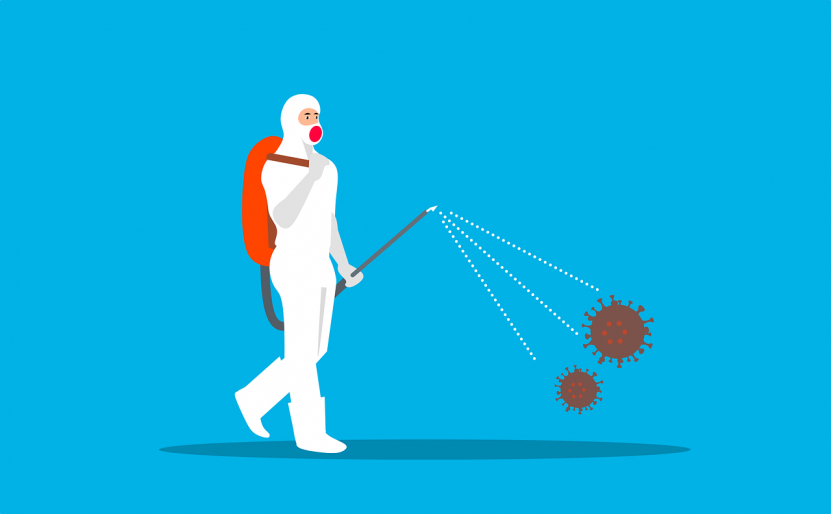Historically, cleaning performance has been based on meeting contractual task and frequency requirements, with actual performance measured solely on visual inspection.
However, according to Steve Ashkin, Green Cleaning expert and one of the professional cleaning industry’s key influencers, this procedure has never been viewed as highly effective.
“And now, due to the coronavirus pandemic, both the cleaning industry and our customers are reminded of the need for more objective measurements of cleaning performance,” says Ashkin.
Fortunately, it’s now possible with the development of inexpensive ATP (adenosine triphosphate) meters and the lessons learned from their use in healthcare, food, and pharmaceutical manufacturing.
“Now is the time to employ this testing technology in office buildings, schools, long-term care facilities – wherever there is critical concern about the health and safety of building occupants,” stresses Ashkin.
However, he says that these systems must be used appropriately to ensure reliable, repeatable, and reportable results. To do so requires following the protocols established by the U.S. Green Building Council.
This includes the following:
Identifying
Identifying areas in a facility such as high-touch surfaces, spaces, and “space types” that need to be assessed using ATP monitors. Be aware that not all surfaces and spaces in a building present a high or substantial risk of pathogen transmission.
Prioritizing & evaluating
Once identified, the next step is to determine how frequently these areas must be tested and evaluated.
“This allows cleaning professionals to concentrate their [cleaning] efforts where the risk of cross-contamination is highest,” adds Ashkin. “Normally, this is based on heavily used areas and surfaces, touched by multiple people throughout the day.”
Specifying
Even in those areas heavily used in a facility, certain surfaces may present higher or lower contamination risks. Higher-risk surfaces – tabletops, microwave controls, conference tables in high-use conference rooms, food preparation surfaces, washroom faucet handles, and flush valves – may need daily ATP testing to measure cleaning performance, while other areas need less testing.
Specifying standardized testing helps maximize the benefits of the analysis while minimizing cleaning and testing times and the cost of swabs.
Randomizing
While testing of high-touch surfaces and frequently used spaces is crucial, we cannot ignore less critical surfaces and spaces, emphasizes Ashkin. To ensure overall cleaning effectiveness, conduct a limited number of tests on randomly selected surfaces or spaces throughout the month. This helps ensure overall cleaning effectiveness.
Analyzing
Analyze all data collected to quantify and determine if some surfaces or spaces need more or less attention, where there may be systemic problems, or where different cleaning products, equipment, or solutions may be necessary.
“This last step is essential,” says Ashkin. “View it as the feedback cleaning professionals, and all facility stakeholders, need to ensure their facilities are clean, safe, and healthy.”
Further, he adds that once a baseline of cleaning performance is established, “it may be possible to pre-determine if cleaning is even required on certain days. This will help focus [cleaning] resources to those areas that need thorough cleaning the most.”








